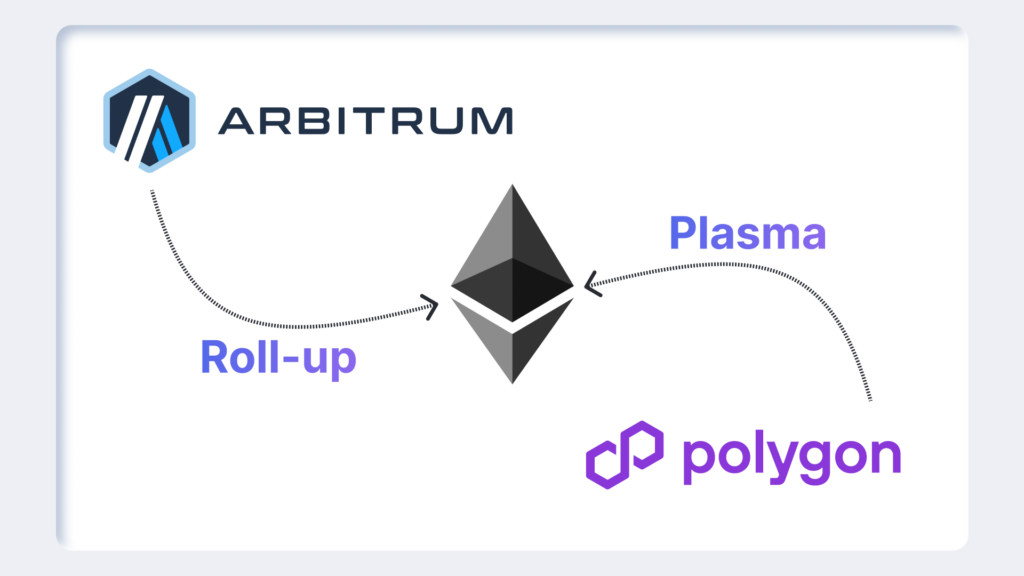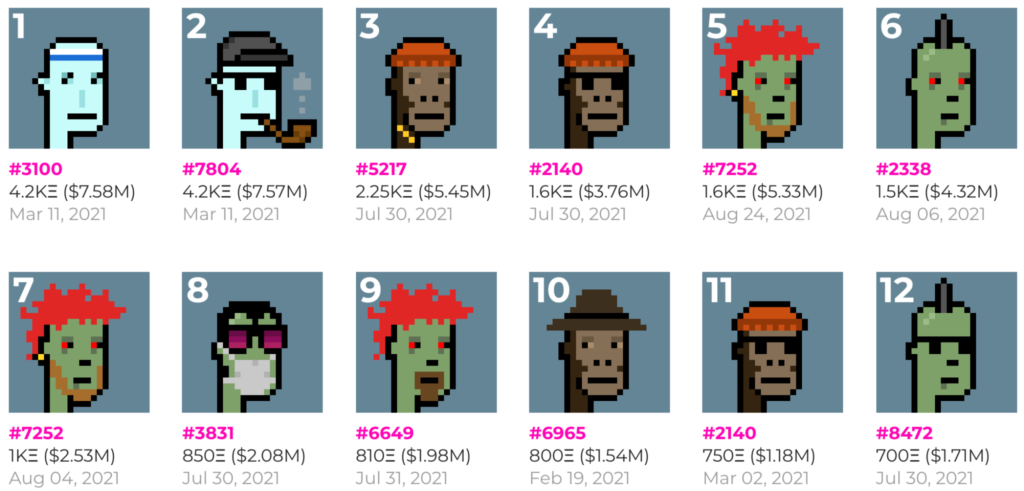Stablecoins backed one-to-one by U.S. dollars in fully reserved holdings do not count as securities under federal law, according to an April 4 statement by the Securities and Exchange Commission (SEC). This announcement offers the clearest guidance yet on how regulators view “Covered Stablecoins,” potentially easing the legal uncertainty around their issuance and trading.
Covered Stablecoins and the SEC’s Position
The SEC’s Division of Corporation Finance describes Covered Stablecoins as fiat-backed crypto tokens used primarily for payments, money transmission, and value storage. Under the new guidance:
- No Investor Returns: Covered Stablecoins don’t pay interest, yield, or profit-sharing.
- No Securities Registration: Issuers need not register these tokens under the Securities Act of 1933 or the Securities Exchange Act of 1934.
- Consumer Use: The tokens serve as “digital dollars,” not as speculative investments.
- Reserve Requirements: Issuers must hold fully backed reserves of cash or low-risk assets, segregated from corporate funds, with some form of proof-of-reserves to verify solvency.
Why They’re Not Securities
Two legal tests factored into the SEC’s determination:
- Reves v. Ernst & Young: Under this test, stablecoins more closely resemble standard commercial transactions than investment notes, thanks to their intended use for everyday payments.
- Howey Test: Since holders don’t invest for profit and the tokens aren’t promoted for capital gains, stablecoins fail to meet the “investment contract” criteria.
Yield and Algorithmic Tokens Left Unresolved
Covered Stablecoins specifically exclude tokens promising returns or distributing earnings to holders. The SEC differentiates between fully collateralized stablecoins and others—particularly algorithmic or uncollateralized designs—whose legal status remains unclear. If a token pays yields or profits, it may still be considered a security.
Ongoing Uncertainties
- Yield and Dividends: The SEC hints that stablecoin issuers retaining interest on reserves for their own benefit, and not distributing it to token holders, remains permissible.
- Algorithmic Models: Tokens reliant on code-based price stabilization or partial collateral could face future scrutiny.
- Secondary Market Trading: Though stablecoins can appear on exchanges, their value is primarily maintained by arbitrage, not investment growth.
Implications for the Crypto Industry
Stablecoin issuers, fintech platforms, and payments firms can operate with more assurance that simply issuing fiat-backed tokens does not trigger securities registration. This ruling should encourage greater adoption of stablecoins for real-time settlements and commerce. However, projects dabbling in yield-bearing tokens or alternative pegging mechanisms might warrant extra caution, given the SEC’s emphasis on consumer protections.
The SEC Stablecoin Ruling draws a legal boundary—fully collateralized, fiat-backed stablecoins are not investment contracts. That said, tokens offering returns or algorithmic stabilization remain outside this safe harbor. While the announcement clarifies some aspects of federal law, market participants will watch for additional guidance, particularly regarding DeFi platforms and more complex stablecoin designs.


